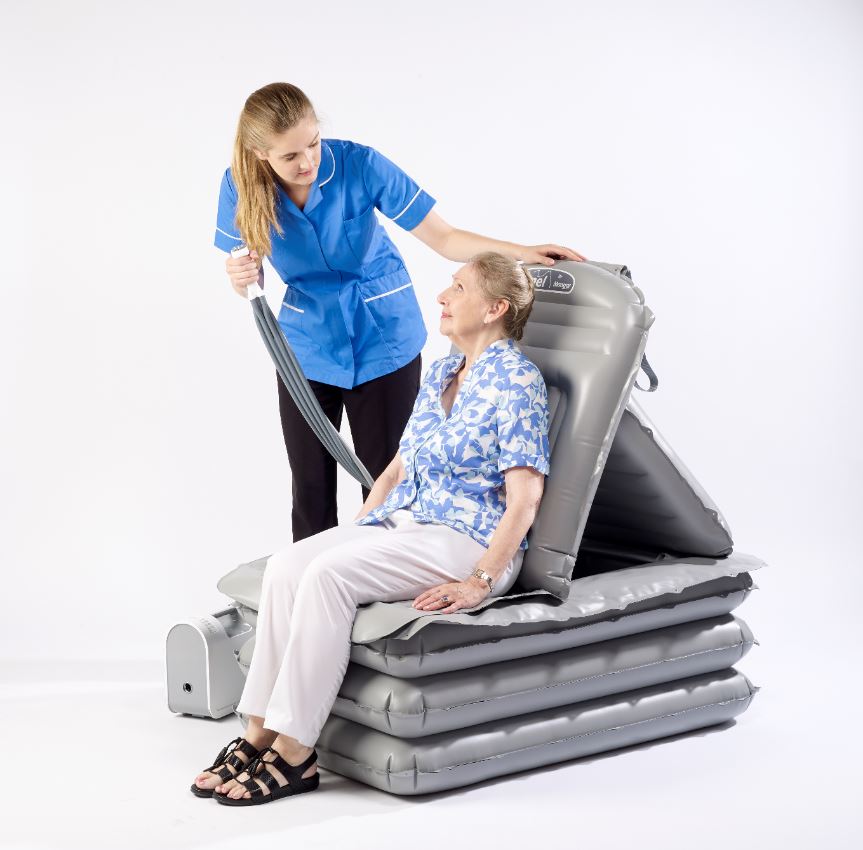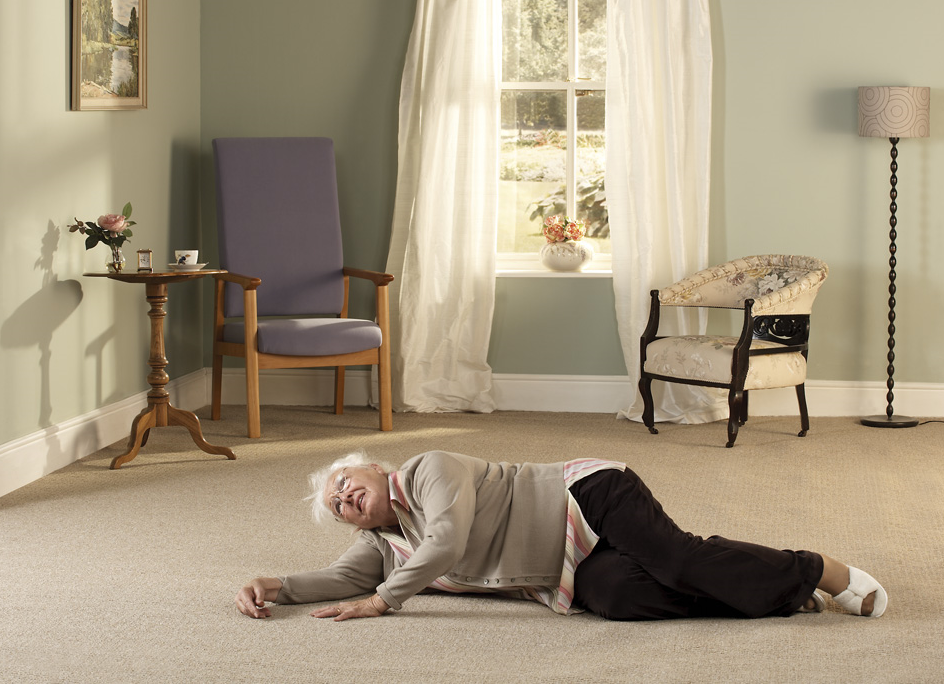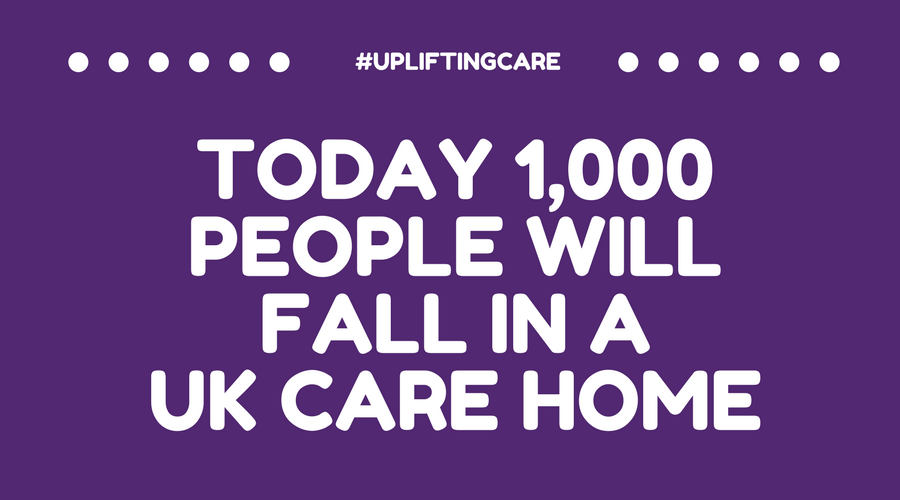Fill our form to download your free research report, written by Dr Mark Hawker.
Why Post Falls Management Is Being Given A Lift
As the UK population continues to age, falls will remain an everyday challenge for healthcare professionals. People living with conditions such as dementia, MS, Parkinson’s and arthritis have a high propensity to fall and it is estimated more than 1,000 people a day living in a care home or assisted living facility will fall.

CQC guidelines currently include comprehensive information regarding falls prevention, however, falls still happen and how we react to them is key.
Care Homes regularly call on the ambulance service to lift their fallen residents, even though more than 45% are uninjured and do not require transportation onto hospital. Pressurised Ambulance Trusts, charged with reaching high priority calls within 8 minutes, are routinely put in the position of needing to classify uninjured fallen residents in care homes as low priority.
This means residents are frequently on the floor for up to 4 hours or more while waiting for the ambulance to attend. Concern has been growing across ambulance services, CCGs, Health Boards and care homes as leaving someone on the floor for more than an hour is associated with complications such hypothermia, pressure areas and kidney failure. (ROSPA 2017). Ultimately, remaining on the floor for more than an hour after a fall is associated with high mortality rates among people aged over 65.

Now Occupational Therapist Kate Sheehan, from The OT Service has developed a post fall management fact sheet, which is designed to improve and support procedure guidelines around falls and empower care homes to lift safely so safeguarding the lives of residents.
Kate Sheehan says, “Using the appropriate lifting equipment in conjunction with advice on when to lift a fallen resident issued by the ambulances service, empowers care homes to lift their residents and improve falls care.”
West Midlands Ambulance Service created an algorithm called ISTUMBLE, which gives care staff clear instructions on what to do before lifting a fallen resident. ISTUMBLE gives carers the confidence to make good decisions around lifting. Dr Sue West-Jones, a consultant in emergency medicine, fully endorses ISTUMBLE saying, “ISTUMBLE represents a genuinely impressive attempt to address morbidity and mortality increases associated with fall. This is a ground-breaking practice and should be encouraged across all elderly care providers.”
Kate continues, “Equipment manufacturer Mangar Health has partnered with CCGs, Ambulance Services and Care Homes on a pilot project to safeguard fallen residents, while reducing the cost of falls to the NHS. Pilot projects work with care homes to combine ISTUMBLE with the objective of improving resident care, while reducing ambulance call outs and unnecessary hospital admissions.
“Pilot projects in Manchester and South Wales are already proving incredibly successful”.
Sophie Wallington, representing North Manchester CCG at The Pennine Acute Hospitals Trust was one of the first to trial the Camel lifting cushion in care homes in the region. Sophie says, ‘it has been extremely well received by all the homes and they all report that the piece of equipment has reduced their calls to 999 for fallers”
To order a post fall management fact sheet visit www.mangarhealth.com or email sales@mangarhealth.com for your personal copy.
As featured in The Carer Magazine.
- November 06, 2018
- Care Home











